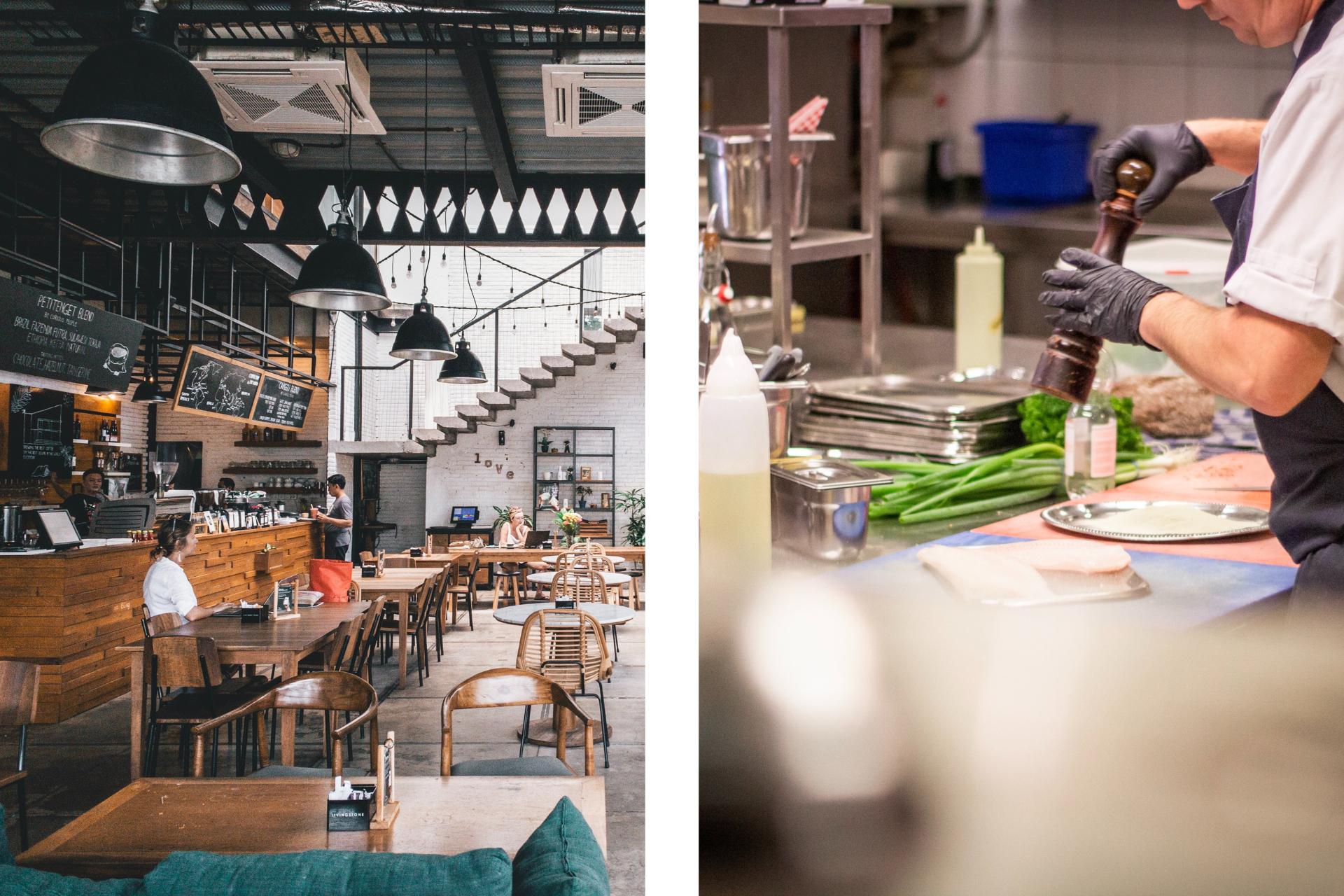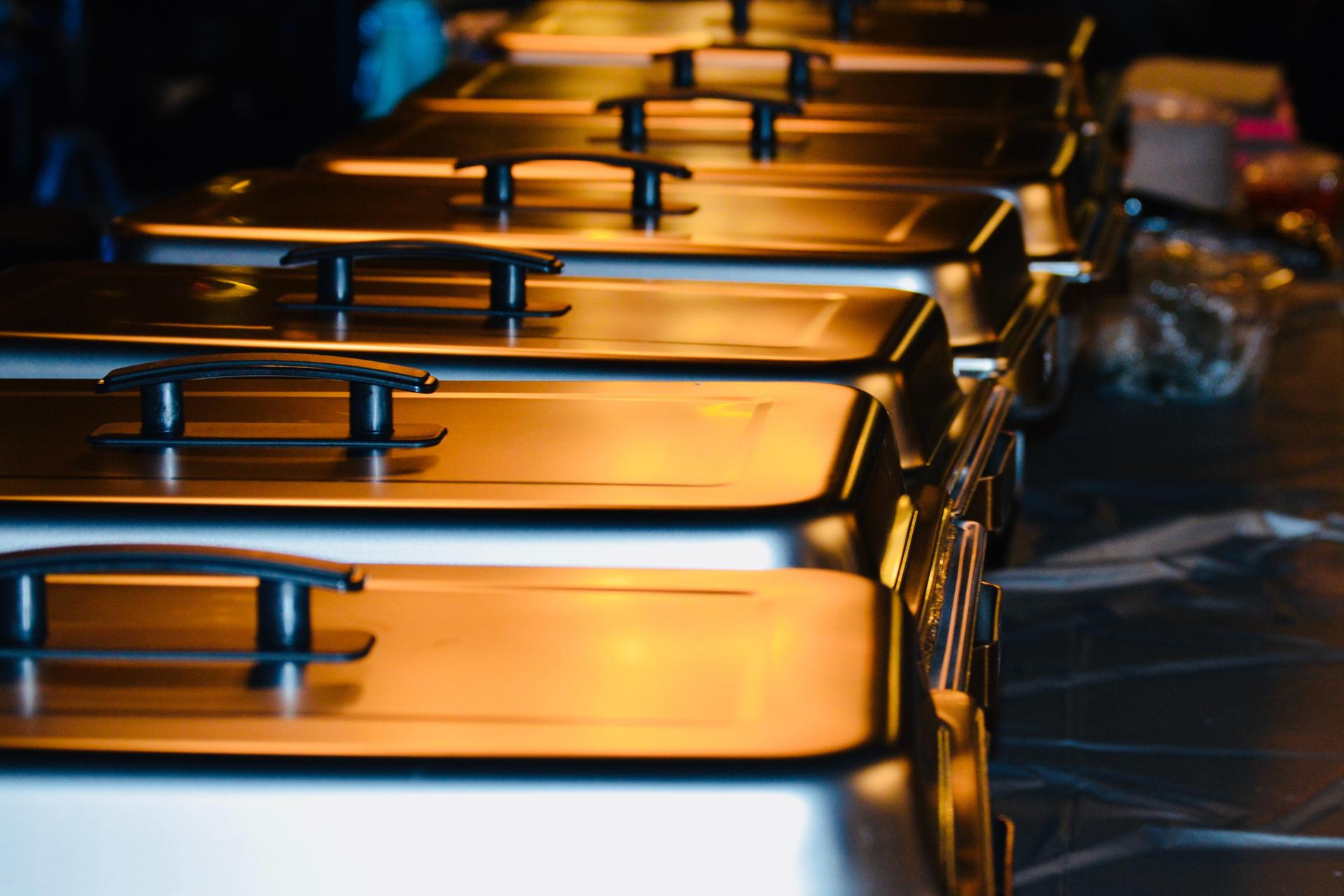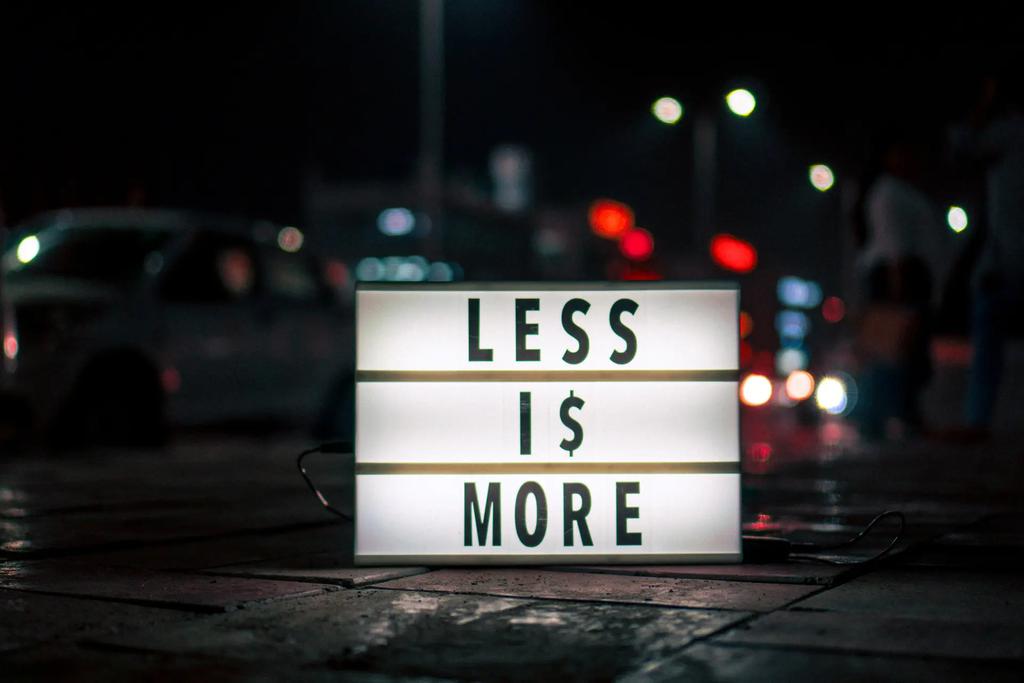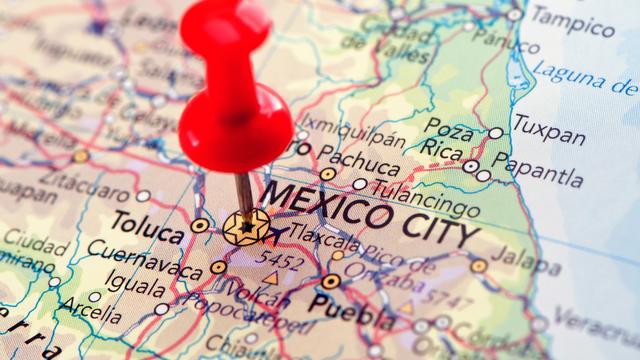Light food businesses are trending and the reason is quite simple…
But, what do I mean by light food businesses? I mean specifically, the assets-light business models usually applied to start-ups, but applied to the food and restaurant industry.
This is an interesting, low-investment, and new way of getting started in the restaurant industry. Don’t get me wrong – there’s nothing bad about doing things the classic way. However, there are far too many advantages to starting a business by taking a minimalistic approach from its inception.
In this article, I’ll tell you about:
- The current trend in the restaurant and service industry of starting lightweight food businesses.
- And why starting that way is smarter, better, and future-proof.
This article is for you, an entrepreneur who’s full of doubts about which business model you should use. And also, for you, restaurant owners who fear restaurants are dying.
The truth is restaurants are not dying, but if you don’t join the convenience-led trends of today, yours just might become a victim.
What is a light food business?

A light food business is one that uses the asset-light business model. This is a business model that’s common in startups – a word you’ve probably heard a few times. Startup companies are not new, they were first introduced in the 1920s. But now, they are a standard in many, many niches – from web development to supply chain management.
There are little to no limitations for startups, which is why they fit amazingly well in the restaurant industry. Especially because the restaurant industry has had humongous barriers to entry for hundreds of years.
An asset-light business model obliterates barriers to entry easily, resulting in more entrepreneurs, companies, and opportunities. You don’t need to invest thousands of dollars in starting. Knowledge has a lot of value and, when paired with the right tools, you can create a food business in a matter of weeks.
Of course, that doesn’t mean that anyone can open a viable food business – the knowledge part is vital. Only that way you know where to pull your punches and where to go all out when it comes to investing in kitchen equipment, management tools, and more.
What’s the difference between asset-light food businesses and asset-heavy restaurants?

Restaurants and food ventures with these business models have few, but important differences. The key aspects of asset-light food businesses are:
- Low starting costs. This is because they focus on investing only in the necessary items, equipment, and management tools.
- They have less equipment or capital assets. That means entrepreneurs or companies don’t own commercial spaces and have little equipment. Some of them don’t even own the equipment they use!
- They don’t fully own the production or distribution process. For example, a ghost kitchen doesn’t own delivery apps or even marketing channels. They are third-party services!
- They adapt quickly to their customers and to trends.
- They also work in a variable environment and customer base. This is especially true in the case of food trucks.
- They have almost infinite opportunities for growth!
All of these key elements make these types of businesses easy to grow, adapt, and overcome challenges. If Bear Grills were to open a restaurant, it’d be an asset-light food business.
Classic restaurants are on the far opposite:
- Starting a restaurant can be very expensive.
- They usually have more equipment, especially if it’s a full-service restaurant.
- They are less dependent on third-party production or means.
- Adaptation is slower for restaurants because they rely on a slower customer base – that’s why community-building is key.
- And, they have fewer opportunities for growth due to the high barrier to entry.
So, be honest. If you had to choose one of these models today, which would you choose? Of course, both can do the trick but quite honestly the opportunity cost of investing less for similar economic benefits sounds amazing.
Examples of light food businesses
The asset-light food business is not new, either. In fact, you’ve probably eaten in at least one restaurant that fits this business model. Why? Because the first example where the asset-light business model is applied exemplarily are fast-food franchises. They fit because they allow franchisees to streamline their initial costs in exchange for:
- Management training.
- Working spaces and equipment.
- Standard recipes and supplies.
- And more.
Fast-food restaurants are perfect for this because they are fast-paced businesses, with limited food offers, and wide customer bases. And, even though they’ve had issues in the past, they’re still resilient to this day.
New light food businesses

The newest iterations of asset-light food businesses are quite famous and trending right now. They are:
- Food trucks
- Ghost kitchens.
- Catering services.
- Food carts.
- Food tents.
- Pop-up restaurants.
If you think quickly about it, they all fit the exact same description of asset-light food businesses. And the best part? They are accessible to entrepreneurs who have the right amount of knowledge and a low budget. That’s exactly why they’re popping out all over the world.
However, this comes with a big downside.
What are the downsides of asset-light food businesses?
The major downside is that competition is rough. There are way too many food trucks, ghost kitchens, and more competing against each other, and across all types – and they still compete with restaurants!
That’s why, before running off of that cliff looking for success, you need to make sure you stand out. And. That’s. Not. Easy.
What’s the scalability of this business model?

If you do find a way of standing out in a sea of entrepreneurs, quirky businesses with appealing food and branding, then the scalability opportunities are manyfold.
If you find a recipe you can replicate in several parts of your city, estate, country, or even worldwide, you can safely bet that you can package it and create a franchise. For example, ghost kitchen franchises are trending.
With the accessibility of this business model, you will find a lot of support and interested parties that want to take that opportunity out of your hands!
How can restaurant owners join the fun?
The good thing about asset-light food businesses is that they are not incompatible with regular restaurants. In fact, they can be a smart way of further promoting both businesses.
Restaurant owners can join the fun by:
- Creating smaller ghost kitchens across their local regions to expand their brand awareness softly.
- They can also create food trucks that take their food offerings across different places.
- And they can use catering services to put their foot on the door when sales are low.
There’s no reason to be afraid of these business opportunities – remember that successful businesses come in all shapes and forms!
The new industry dictates that, if you want to start, you don’t even have to be ready!
So, you want to start a business? Start now! The food business is increasingly becoming all-inclusive. Even if you don’t have a full budget and business plan to start a restaurant, you can start a ghost kitchen by renting an equipped space. You do need to focus on specific areas to be able to grow. Like in any business, you can’t start without a plan. Want more resources?
Check out these articles to learn more:
- Franchises vs. starting from 0 vs. buying a restaurant.
- Complete guide on how to start a food truck.
- Complete guide on starting a catering service.
- Take advantage of seasonal food businesses to get started in the industry!
Do you think a lightweight food business is a good fit for you and your goals?




